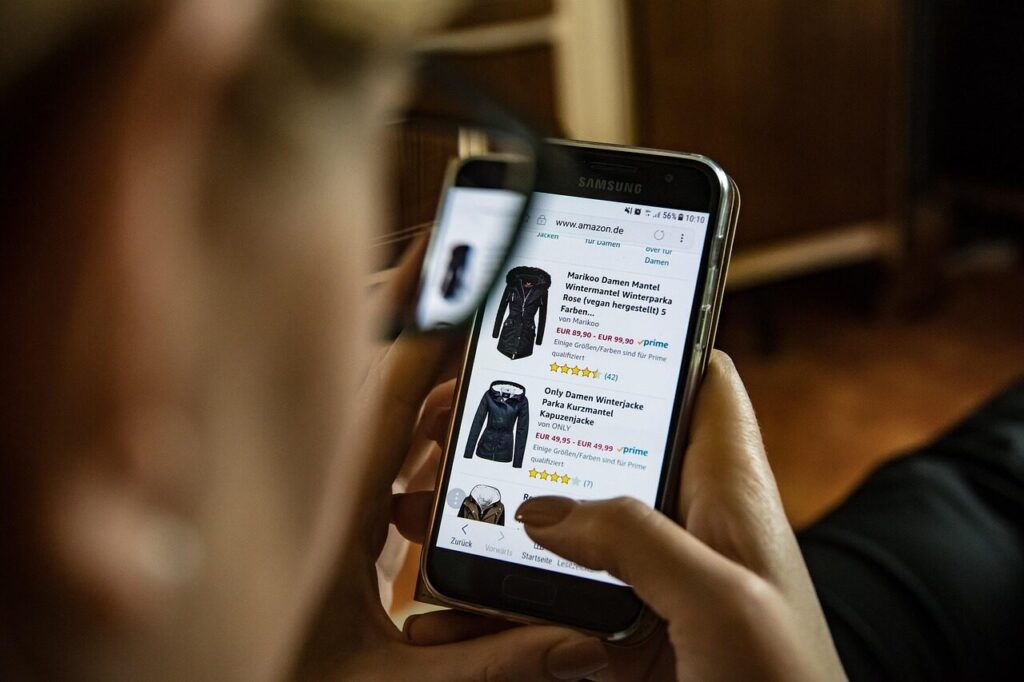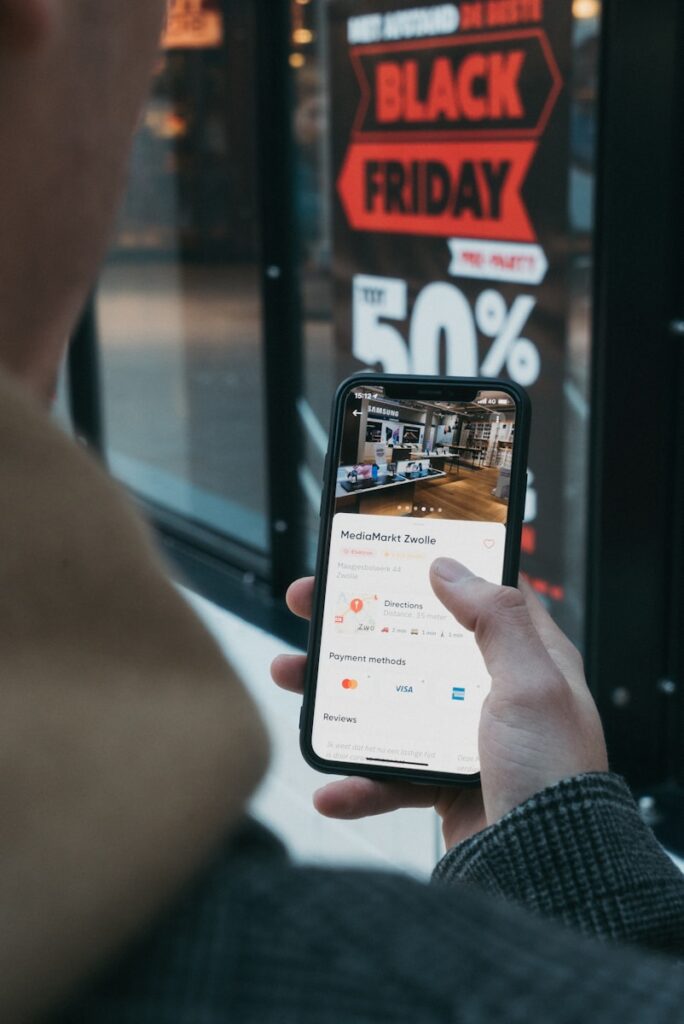Everyone loves finding a good deal, but not all discounts are what they seem. Many retailers use clever marketing tactics to make shoppers think they are saving more than they actually are. From inflated “original prices” to endless “flash sales,” fake discounts can easily trick even the most cautious buyer. Understanding how to recognize these deceptive strategies can help you make smarter decisions and avoid overspending. By learning to check price histories, read fine print, and stay alert for psychological tricks, you can shop confidently and make sure your money goes toward real savings instead of misleading promotions.
1. Compare Prices on Multiple Sites

That “$299 slashed to $99” deal might seem incredible, but don’t celebrate yet. Many retailers artificially inflate the original price just to make discounts look dramatic. Comparing prices across multiple sites reveals whether that “sale” is actually real or just a numbers game. Use price-checking tools or visit a few competitor pages before clicking “buy.” You might find the same product sold elsewhere for the same so-called “discounted” price or even cheaper. It’s ridiculous how often these fake markdowns fool shoppers into thinking they’ve scored a steal when, in reality, they’ve just paid the normal rate.
2. Watch Out for Constant Flash Sales

If every day feels like a “final 24-hour sale,” it’s probably just another retail performance. Some websites thrive on fake urgency, plastering countdown timers and “ending soon” banners that never truly end. Real flash sales are rare and specific, not recycled daily events meant to spark panic buying. When a “limited-time offer” magically renews tomorrow, you know it’s a marketing gimmick. The idea is to make you rush before thinking clearly. So next time a “$400 item” drops to “$150 for two hours,” take a breath. You’ll likely see the same deal after lunch. Ridiculous, right?
3. Check the Original Price History

Retailers love dramatic discounts like “Was $600, now only $299!”, but the secret is that it was never truly $600 to begin with. Some stores quietly raise prices before a sale just to make the discount seem more impressive. By checking the item’s price history using browser extensions or tracking tools, you can expose these inflated claims. If the “sale price” matches what it normally costs, the markdown is nothing but smoke and mirrors. Paying for a fake bargain is more ridiculous than saving a few dollars. Always research before buying, your bank account will thank you later.
4. Be Cautious of Countdown Timers

Countdown timers scream urgency, “Only 3 hours left to save $200!”, but refresh the page, and surprise, it restarts. These ticking clocks exist to manipulate your fear of missing out. Real limited-time deals don’t magically reset themselves like a glitchy stopwatch. Don’t fall for the illusion of scarcity; if something feels rushed, it’s probably staged. Retailers use this trick to push you into impulse buying before you can think clearly. Take a moment, breathe, and ask yourself if you’d want the product even without the ticking drama. Fake urgency is ridiculous, your decisions shouldn’t depend on a timer.
5. Look for Lower Quality Substitutes

That “$500 designer bag for $99” might sound heavenly, but check again, it could be a cheaper version made with low-grade materials. Some retailers quietly downgrade quality during sales to protect profits. Compare product details, model numbers, and reviews carefully. Even a tiny variation in design could mean you’re buying a knockoff version under the same brand name. It’s ridiculous how subtle these changes can be , thinner fabrics, weaker stitching, missing accessories. Always confirm you’re getting the genuine product, not a discounted imitation dressed up as a luxury bargain. Otherwise, you’re just overpaying for clever deception.
6. Read the Fine Print

That bold “Up to 50% OFF!” banner might make your heart race, but the reality often hides in the fine print. Only a handful of items actually get that massive markdown , the rest are marked down by laughable amounts like $5. Some “deals” exclude top-selling products, limit returns, or sneak in extra fees that cancel any savings. Reading the terms before buying might feel tedious, but it’s your best defense against ridiculous offers that exist solely to mislead. If the sale sounds too generous, assume it’s designed that way for a reason, to trick you into spending more.
7. Trust Your Instincts

When a deal seems outrageously good, like “$1,000 sneakers for $79”, your instincts are probably right to be suspicious. Fake discounts thrive on excitement and impulse. Pause and research before diving in. Check product reviews, compare listings, and see if competitors offer similar prices. Real bargains don’t rely on emotional manipulation or exaggerated promises. If something feels ridiculous, it usually is. Trusting your gut helps you shop smarter and save real money instead of falling for flashy illusions. Remember: confidence in your judgment is worth far more than any “once-in-a-lifetime” sale that pops up every weekend.
Comments